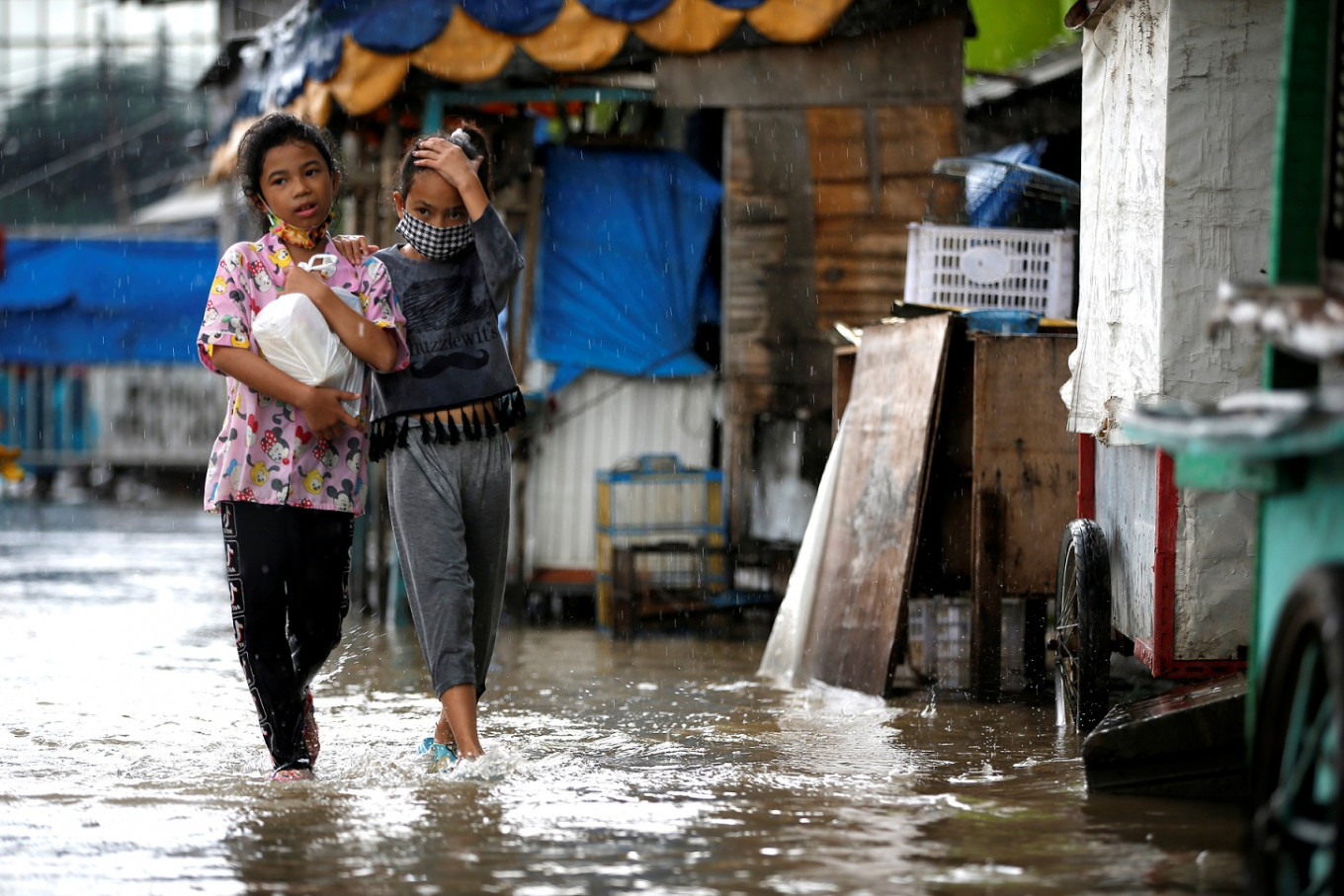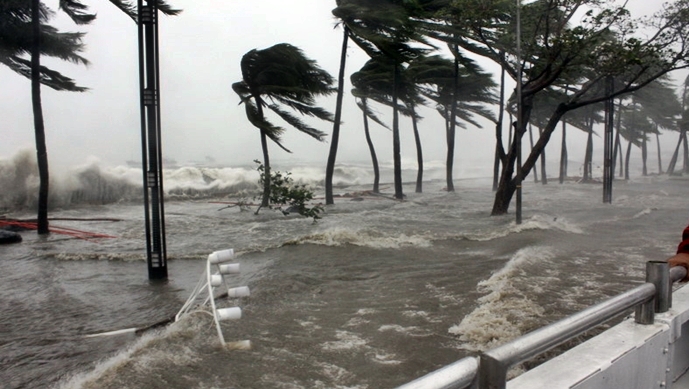Table of Contents
- La Nina Di Indonesia Dapat Mengakibatkan | Fenomina
- Weather Words: La Niña | Weather.com
- Ini Perbedaan El Nino dan La Nina, Jangan sampai keliru!
- PAGASA: La Niña Expected 2nd Half Of 2016 | NewsFeed
- La Nina kışı nedir, özellikleri nelerdir? La Nina soğukları ne zaman ...
- La Nina could bring more floods to Australia's east coast | The ...
- La Nina effect may lead to above-normal rains | Latest News India ...
- La Nina Jakarta - Gejolak La Nina
- Conditions favourable for La Niña to develop through this winter - The ...
- Fenomena La Nina Tingkatkan Curah Hujan di Indonesia - Foto Liputan6.com



Understanding ENSO and La Niña



Implications of La Niña's End

:strip_icc():format(webp)/kly-media-production/medias/4884696/original/091670200_1720262158-20240706-La_Nina-ANG_6.jpg)

Regional Impacts
The impacts of La Niña's end will vary by region. In the United States, for example, the western states might see a reduction in the intense rainfall that characterized the La Niña period, potentially leading to increased risk of wildfires during the dry season. In contrast, the southeastern states could experience more frequent and intense hurricanes as the Atlantic hurricane season approaches, given the typical increase in hurricane activity during the transition from La Niña to El Niño or a Neutral phase. In Australia, the end of La Niña could bring relief from the heavy rainfall and flooding that occurred in eastern parts of the country, though it also means a return to drier conditions, which could exacerbate drought in other areas. For South America, the transition might lead to more favorable conditions for agriculture in some regions, following the potentially detrimental effects of La Niña on crop yields.